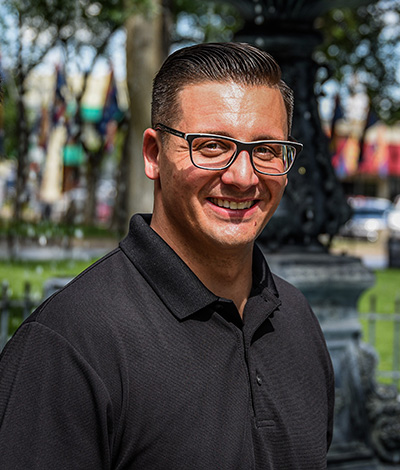Even though young people are generally in good health, some are at an increased risk for behaviors that can lead to poor mental health outcomes such as substance abuse, addiction and mental health problems. This is important to know because the majority of adults who suffer from substance abuse started using drugs or alcohol during their teenage years.
Without drug rehab in Arizona, substance use disorders in young people can lead to higher rates of physical and mental illness, diminished well-being and the progression to addiction. By knowing who is more at risk for substance abuse, we can be proactive and prevent the cycle from starting.
Let’s discuss in more detail what some of the biggest risk factors for substance abuse are, as well as some ways to combat them.
Risk Factors for High-Risk Substance Abuse
Some experimentation with drugs and alcohol during adolescence is normal. But why is it that some young people get hooked and others don’t?
While we don’t have all the answers, researchers do know that some people are more vulnerable to the effects of drugs and alcohol. When they use these substances, something “clicks” in them. Maybe they feel good, more alive or better able to cope with stress.
Here are the risk factors most commonly associated with substance use and the need for drug rehab in Arizona:
- Family history of substance abuse. Scientists have identified certain genes that are more prevalent in substance abusers. Plus, living with parents who abuse drugs or alcohol makes a young person more likely to do the same.
- Mental health issues. People who struggle with their mental health are more likely to abuse drugs or alcohol to cope with their pain. Unfortunately, these substances worsen the symptoms of mental illness.
- Childhood sexual, physical or emotional abuse. Children who suffered childhood trauma, neglect or abuse are at a higher risk for addiction, especially if the abuse was prolonged. Drugs and alcohol often provide a temporary escape from this pain.
- Association with peers who drink or use drugs. The saying, “You are the company you keep,” applies here. When young people hang around those who drink or use drugs, they’re more likely to engage in the same behavior.
- Family rejection of sexual orientation or gender identity. The rates of substance abuse among sexual minorities are much higher than they are for heterosexuals.
Are There Ways to Reduce These Risk Factors?
It’s important to point out that risk factors are simply factors that raise the risk for addiction – they do not guarantee anything. Plenty of people who are high risk never develop a substance use disorder. And sadly, plenty of people who aren’t at risk do. The key is to recognize these issues so that we can be proactive instead of reactive.
Here are some of the best protective factors we have against substance abuse:
- Parental and family engagement
- Family and community support
- Parental disapproval of substance use
- Strong, attentive parental monitoring
- School and community connectedness
- Acceptance of sexual orientation or gender identity
- Available network of resources (i.e., peer support groups, therapy)
- Prompt and appropriate treatment for mental illness
If you or a loved one is struggling with substance abuse, contact Wolf Creek Recovery today. We are the most trusted drug and alcohol treatment center in Arizona. Many of our staff have struggled with addiction in the past, so we know how to relate to our clients and get them on the road to recovery!

Finding purpose in pain is what Jonathon does best. He is a strong advocate for those suffering from substance use disorders. As a person in recovery, Jonathon knows how important it is to receive empathy and compassion. He recognizes that each person comes from a different set of circumstances and deserves to be valued and respected.
With a fresh perspective and compassionate attitude, Jonathon works closely with clients to help them let go of the past and know when to take necessary risks. The recovery process is ongoing, which means people need to move forward while applying the skills learned in treatment. Jonathon is a great motivator when it comes time for this!
Jonathon also places emphasis on the family unit and how it can make or break the recovery experience. Individuals with active, supportive families have far better outcomes. Jonathon realizes that it’s impossible to move mountains overnight, but with the right support team and positive attitude, anything is possible.









